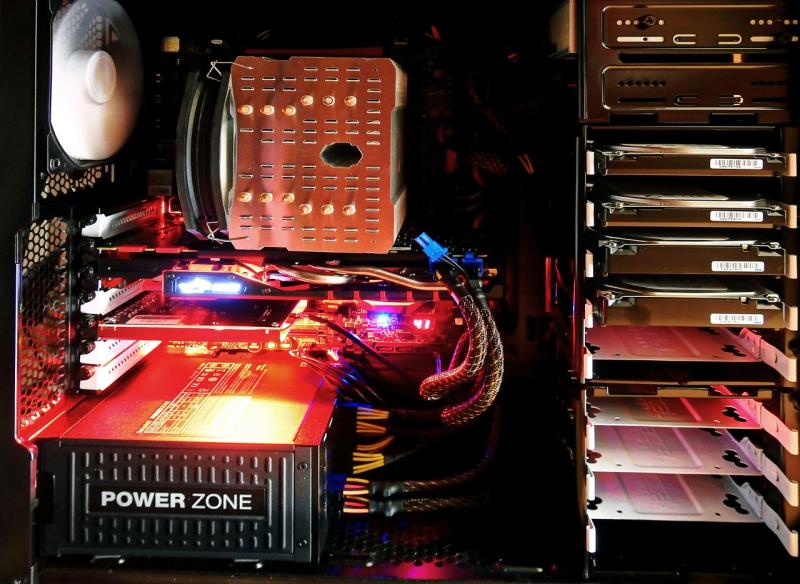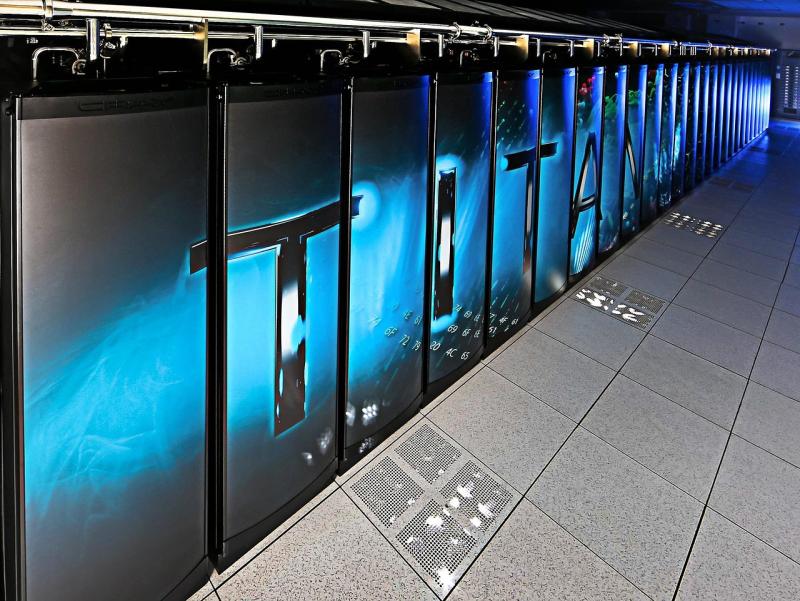Autonomous systems and robotics engineering merge mechanical innovation with advanced computation to create intelligent machines. Workstations designed for these cutting-edge fields deliver the computational power, simulation tools, and visualization capabilities needed to model, test, and refine robotics technologies. These systems empower engineers, developers, and researchers to push the boundaries of automation and machine intelligence.
---
### **Driving Robotics Innovation with Computing Power**
Designing and simulating robotic systems involve complex algorithms, motion planning, and control systems. Multi-core processors in these workstations handle computationally intensive tasks like kinematic modeling, real-time decision-making, and sensor integration with efficiency and precision.
---
### **Visualizing the World Through Robotic Eyes**
High-performance GPUs are essential for rendering environments, simulating sensor data, and processing visual input. These workstations enhance workflows for tasks such as computer vision, object recognition, and real-time navigation, allowing robots to perceive and respond to their surroundings accurately.
---
### **Handling Complexity with Robust Memory**
Robotics applications demand seamless multitasking across diverse tasks, such as simulation, data analysis, and algorithm optimization. With up to 1TB of RAM, these workstations provide the capacity to manage intricate simulations and large datasets simultaneously.
---
### **Secure Data for Autonomous Exploration**
Robotics and autonomous systems generate extensive data from sensors, simulations, and machine learning models. These workstations integrate ultra-fast NVMe SSDs for quick access to active projects, paired with high-capacity storage solutions for archiving critical research and development data.
---
### **Optimized for Robotics Development Tools**
These workstations support industry-standard tools and frameworks like ROS (Robot Operating System), MATLAB, and Gazebo. GPU acceleration enhances tasks like simulation, machine learning model training, and 3D mapping for efficient development cycles.
---
### **Applications Across Robotics and Automation**
- **Industrial Automation:** Develop autonomous robots for manufacturing, assembly, and logistics.
- **Self-Driving Vehicles:** Engineer perception, navigation, and control systems for autonomous mobility.
- **Service Robots:** Design robots for healthcare, hospitality, and household assistance.
- **Agricultural Robotics:** Innovate systems for automated planting, harvesting, and monitoring.
- **Exploration and Drones:** Create robots for space exploration, underwater research, and aerial missions.
---
### **Built for Rigorous R&D Cycles**
Robotics engineering requires iterative development, extensive testing, and real-world validation. Built with industrial-grade reliability and efficient cooling systems, these workstations ensure consistent performance during prolonged and demanding research tasks.
---
### **Future-Ready for Intelligent Automation**
As robotics advances with AI-enhanced capabilities, edge computing, and swarm robotics, these workstations are designed for scalability. Modular architecture allows researchers and developers to upgrade GPUs, processors, and memory to meet emerging challenges and technologies.
---
**Enabling the Machines of Tomorrow**
Workstations for autonomous systems and robotics engineering equip innovators with the tools to design, refine, and deploy intelligent machines. By combining computational power, detailed simulation tools, and reliable data management, these systems empower breakthroughs in automation. From industrial efficiency to space exploration, these workstations drive the future of robotics.
View our related products
See more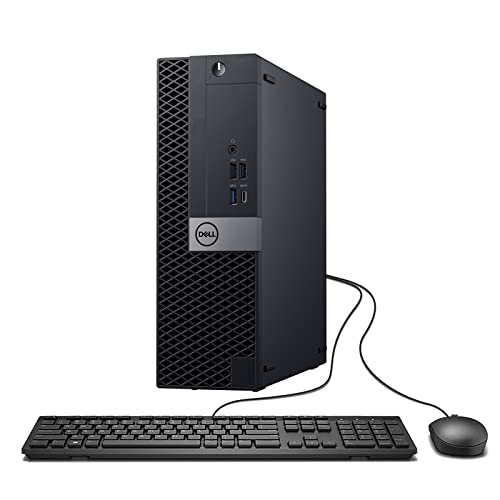
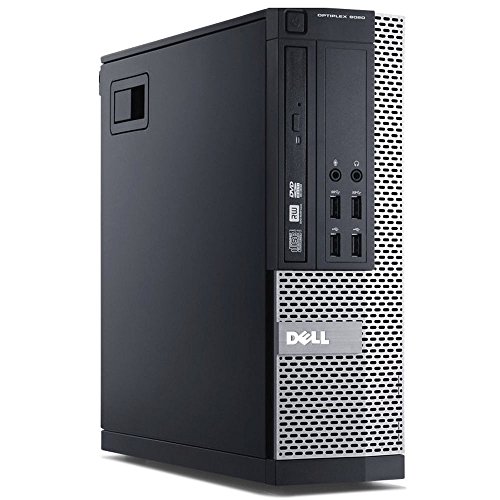
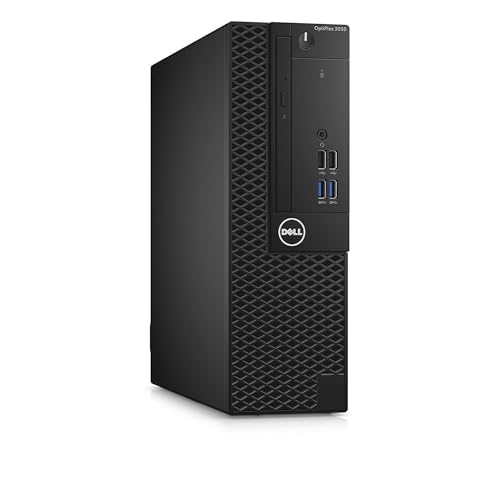
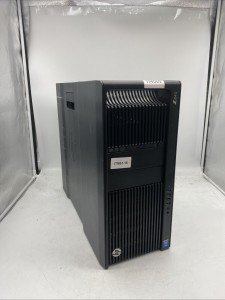
Revolutionizing Robotics: Workstations for Autonomous Systems and Robotics Engineering
Related Articles
Essential High-Performance PC Components You Need Now
Upgrade your setup with the must-have parts for unbeatable gaming and productivity
Top Picks for Best High-Performance PCs
Find the perfect power machine for gaming, work, or creative projects
Your Guide to the Best High-Performance PCs
Find the Right PC for Your Gaming and Creative Needs
View our related products
See more



